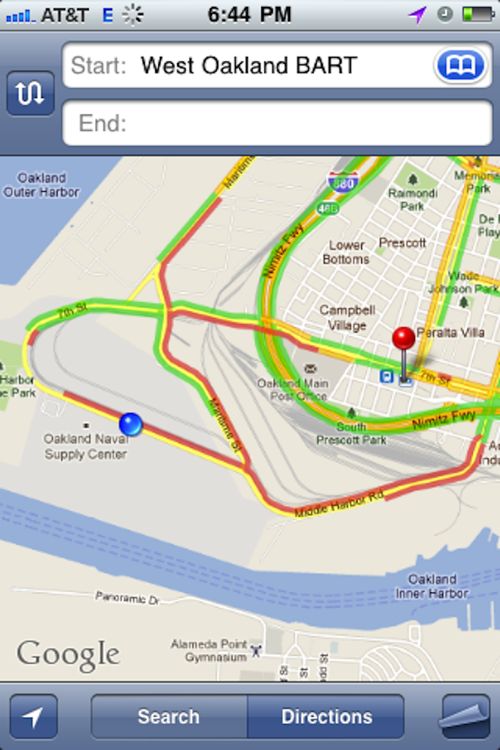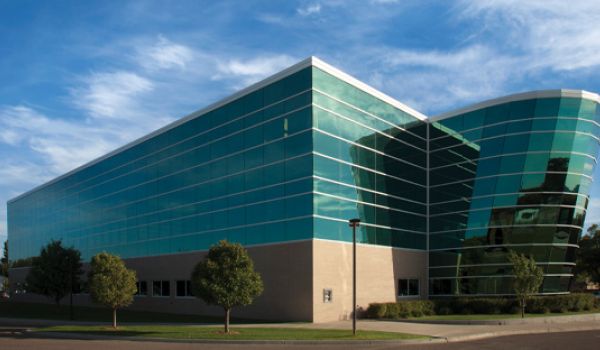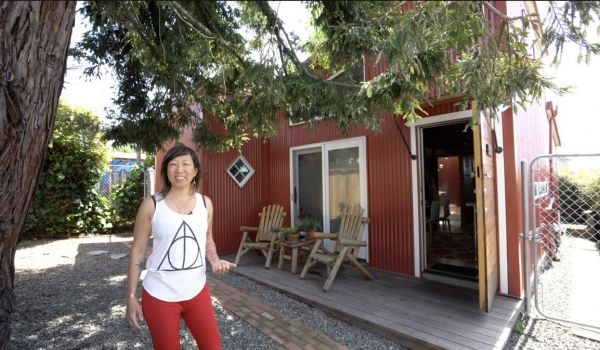Chances are you heard about Occupy protestors in Oakland and Washington, D.C. being struck by cars two weeks ago—a Mercedes and a Lexus, respectively. But did you hear about the Hummer in Oakland? Or, breaking with the tableau of luxury automobiles used to aggressively threaten protesters, the Toyota truck that drove through a general assembly at the port? Those are the two I saw in Oakland, but I imagine there are more incidents connected to Occupy protests—less widely reported, maybe less injurious, but no less disturbing. Taken all together, these incidents do more than vilify expensive car ownership and update our definition of road rage. These confrontations shed light on the compounding implications of federal spending and private investment on mobility, transportation, and the US built environment. And in light of their connection to a political protest, perhaps these incidents also provide a pivotal moment for considering how powerful a disparate assortment can be when it’s collected into a political unit.
One of the conflicts I saw actually occurred inside the Port. Many port workers ending their shifts met crowds of protesters blocking the gates. Short honks, a rolled-down window, a smile, and hands waving peace made the slow crawl through huge swaths of marchers a little smoother. One port worker went for a different tactic entirely and drove his truck through a general assembly, without warning and without apology. I say “drove through,” but driving through a crowd is impossible. You drive into a crowd, and you injure people because you are operating a heavy machine that even crawling at five miles per hour can gravely incapacitate bystanders. Instead of making way, the bystanders in this case swarmed the vehicle, shouting for the driver to stop. He stopped, his license plate was recorded, and after negotiations with the crowd, he agreed to shift into neutral and be pushed away from the assembly.
I don’t know how you can “accidentally” drive into a crowd of people. I also don’t know how you can accidentally drive across a crowd of people on foot, pick one up on the hood of your Hummer and then continue to drive—and accelerate—for an entire city block as the person hangs on. This was the second “accident” I witnessed, right under the I-880 overpass at 5th Street in Oakland—and here, Jarrett Walker’s discussion of the implications of the term “accident” is particularly germane. Police were nearby and responded quickly. The victim returned back to the march, unharmed and heralded. (A handful of tweets corroborate this particular incident, while major news coverage focused on the two protesters injured in downtown Oakland.)
I offer these two accounts because I saw them firsthand and was stunned by their violence. Several things occurred to me, the first being that these drivers were maniacs. But beneath that, these drivers represented the end of the spectrum that, in its more reasonable bands, considers complete streets initiatives to be an overtaking of the road and feels incredibly threatened by that. The Occupy protest and its physical occupation of major roads in downtown Oakland was a literalization of that fear. An overtaking happened, and with a handful of terrifying exceptions that weren’t pretty, the rest of it kind of was.
Of course, the marchers in downtown Oakland weren’t protesting the lack of complete streets and congestion pricing, nor the oversupply of parking. And they weren’t marching against swaths of hyper-suburban development (a few of which later that night lent police forces to bolster the Oakland police in another round of tear gas). But they may as well have been.
A good chunk of the risky investments backed by the financial behemoths of the US that led to the bailout were bundles of subprime mortgages for single-family homes in suburban developments. Added to contributions of the federal government, which has seen fit—for decades—to subsidize private housing through mortgages insured by the Federal Housing Administration, we’re working with an over-built environment that privileges and at times necessitates the personal automobile while simultaneously—and by design—making biking and walking frequently difficult and often unsafe. This is to say nothing of the state of federal public transportation funding, currently under the chopping block of a Congress that can’t agree on a transportation reauthorization bill to replace the one that expired 776 days ago (and counting).
There’s an urban context for the abstract issues that have pulled the Occupy movement together, and complete streets initiatives speak to the heart of it. In Oakland, witnessing more malicious versions of auto-pedestrian accidents that happen every day due to incomplete streets solidified this linking. But for those invested in bringing about more multimodal transportation, this linking also provided a good lesson in the collectivizing tactics of the Occupy movement.
A handful of transit geeks can’t blog their way into mitigating nearly a century of widespread, unfettered auto-centric development. A small consortium of transportation advocacy groups alone can’t rewire a federal transportation funding system that subsidizes driving over transit. We need people who walk for exercise, who don’t wear spandex when they bike to the store, who might take the bus if it came more often. We need the support of people who don’t consider themselves bicyclists, pedestrians, or transit users. We need people who’ve only ever driven a car. To borrow a popular percentile, we need the 99%.
Additionally, maybe we need to talk about the individuals that make up that percentile in new ways. Last March, Michael Druker of Psytenance made ripples in the world of transportation blogs with a couple of a powerful posts arguing that transportation mode choice is a product of available infrastructure, not culture, and that re-framing of the way we think about and describe transportation users and modes is a necessary intervention. “Our labels often describe who people are instead of what they’re doing, e.g. pedestrians, cyclists, transit users, or drivers. Each one of those terms gives us a category to which those people belong, making it easier to attribute their actions as reflecting some property of members of that category.” Instead of cyclists—and especially instead of “avid cyclists”—Druker proposed “people cycling.” Likewise, drivers are people driving, or people in cars. It’s clunky, but it makes clear a reality. A driver is not always a driver. She’s a person who sometimes walks, sometimes rides a bike, and sometimes takes a train or a bus. And she’ll do those other things more often if the infrastructure around her makes walking, biking, and taking public transit the safe, easy, and intuitive choice.
It is not condescension, coercion, or even occupation that will get us there. It’s a coalition. Part of that coalition was visible earlier this month in Oakland, when protesters stopped their own march multiple times to allow Alameda County buses through intersections. These buses had been re-routed around downtown during rush hour in light of the day’s events, and they received wide cheers from the paused marchers. (Recall that public transit has been intimately tied to the Occupy movement after Transport Workers Union 100 pledged their support for Occupy Wall Street and the NYPD in turn ordered MTA buses to transport arrested protesters from the Brooklyn Bridge to jail).
But it was also stark—and actually, pretty horrifying—seeing the opposite end of the spectrum in Oakland and D.C., where a handful of people in cars reacted to the inconvenience of a political march by deploying their vehicles as weapons. Unifying with those particular people is ludicrous (to say nothing of trying to get their support for congestion pricing). For everyone else, reconsidering the way we create divisions through labels is perhaps the start of building an umbrella coalition with room for (and funding) for all users and modes of transportation. One goal to start with: universal acknowledgment that complete streets are neither frivolous nor cause for fear. After all, it’s not an occupation of the road if you’re sharing it.
















